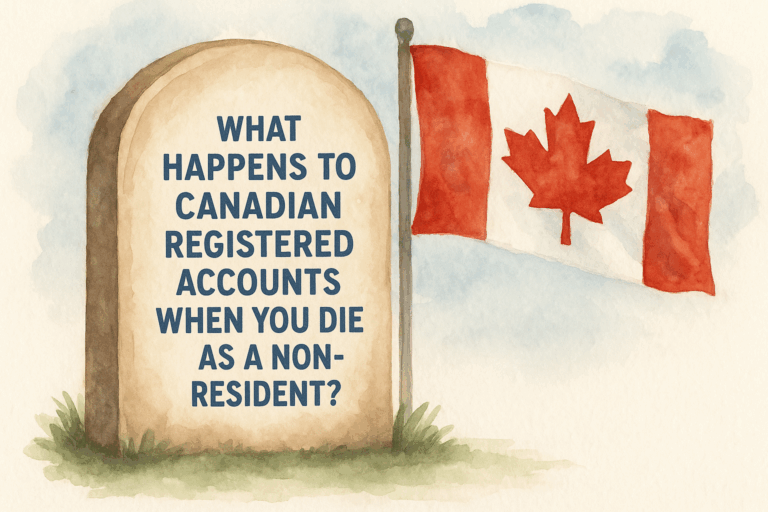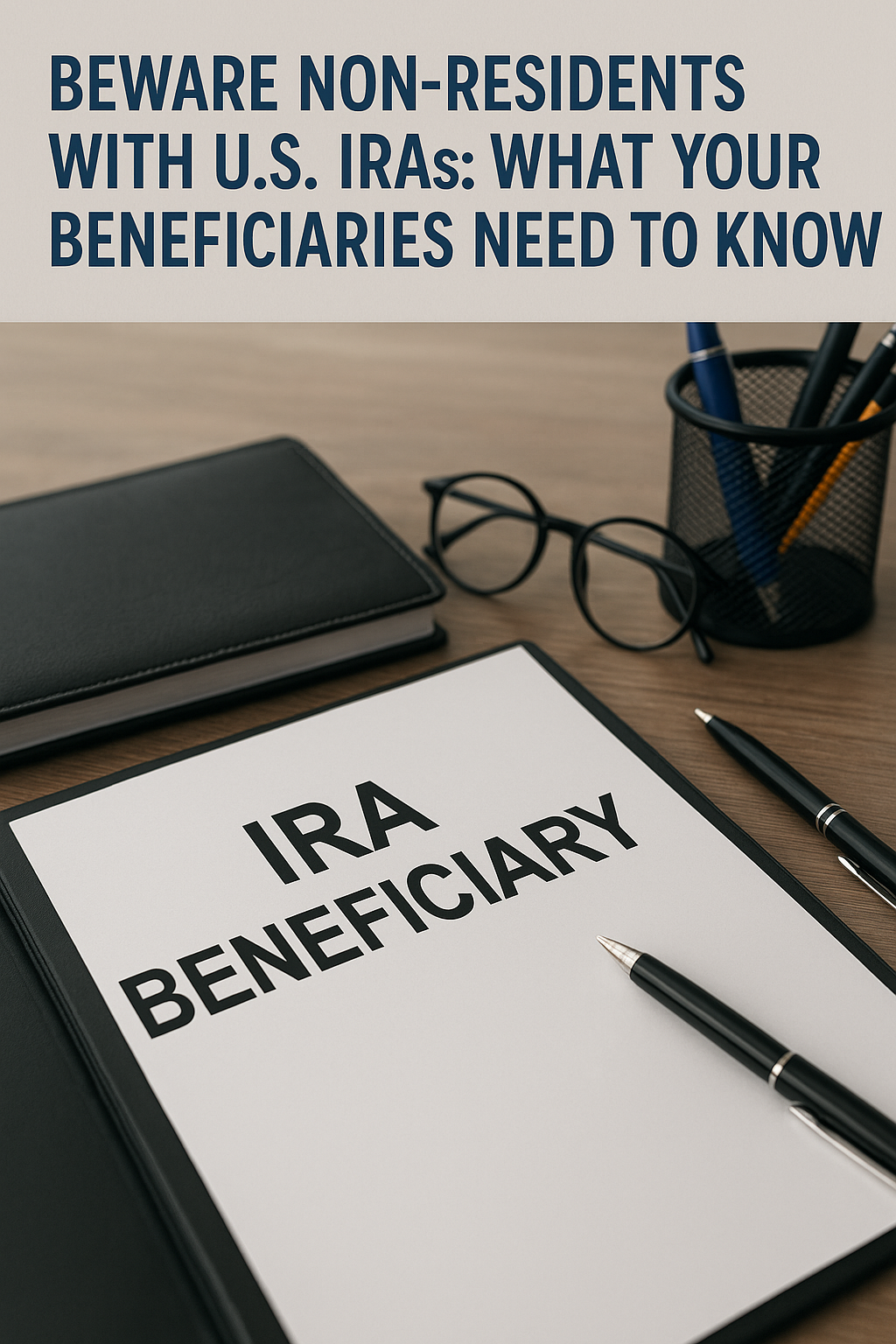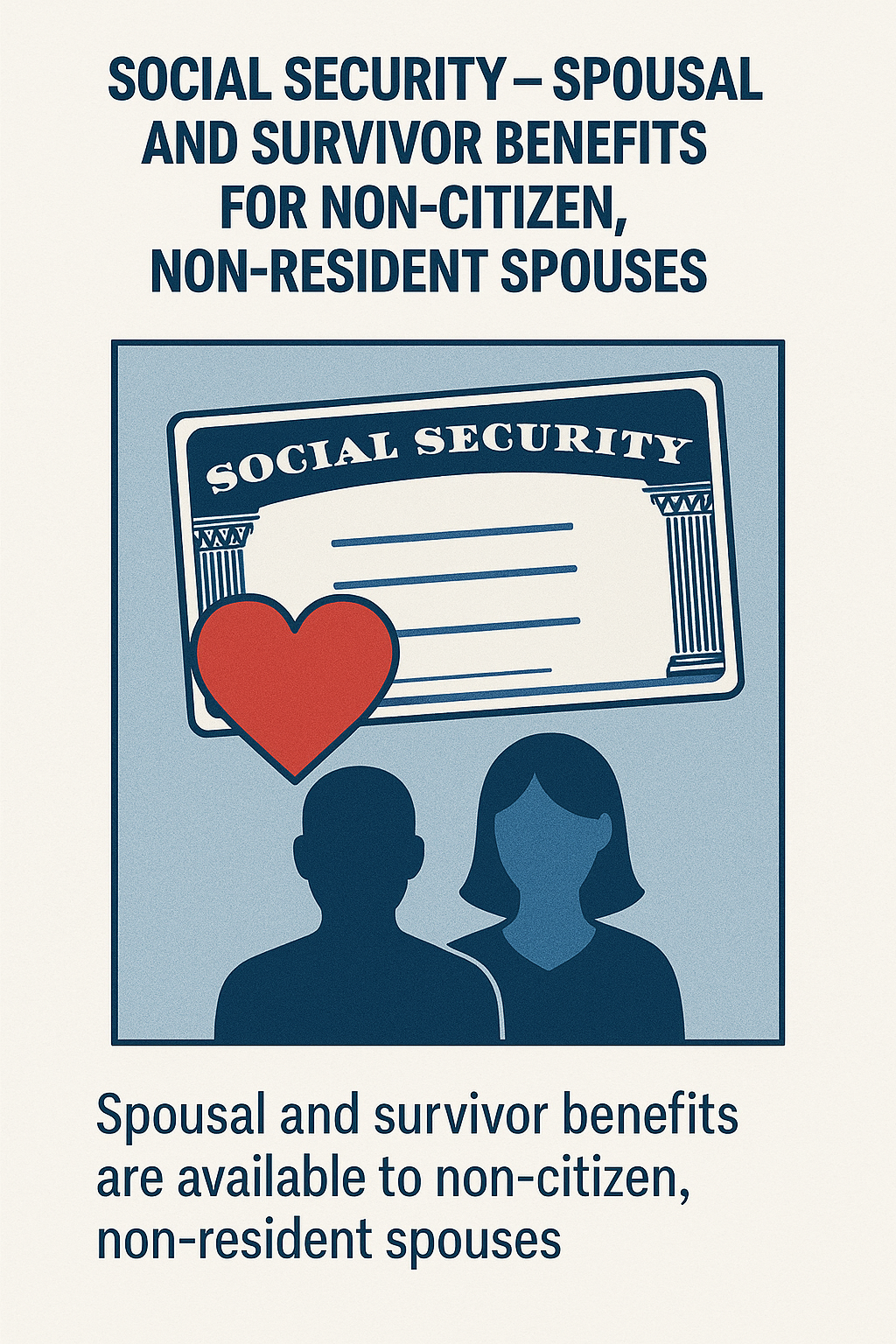
The landscape of retirement savings has shifted significantly with the introduction of the SECURE Act 2.0. This legislation is especially important for individuals aged 60 to 63, as it opens the door to increased contributions to their 401(k) plans.
Personally, I find the expanded catch-up contribution limit quite appealing, as it allows for an additional $11,250 annually starting in 2025. This provision offers a considerable advantage for those nearing retirement age, enabling them to bolster their savings and better prepare for the future.
Yet, for those like me who find themselves living or working north of the 49th Parallel, these changes require careful consideration. There’s a distinct layer of tax implications that I must navigate to ensure that my retirement strategy remains sound.
It’s essential to understand the unique cross-border financial elements at play, particularly how they might affect my 401(k) contributions and overall retirement planning. Exploring these aspects will better equip me to make informed financial decisions.
Increased 401(k) Catch-Up Contributions
For those aged 60 to 63, the opportunity to increase 401(k) contributions can significantly enhance retirement savings. This “super-catch-up” amount allows me to contribute more than usual. It can lead to substantial tax benefits, especially for individuals like myself in the highest tax bracket. By maximizing these contributions, I could potentially save up to $4,162.50 in taxes.
For cross-border workers in places with higher taxes, such as British Columbia, the potential tax savings on these increased contributions could be even more substantial. This is a key advantage for boosting our retirement funds.
Cross-Border Tax Considerations
When dealing with cross-border tax planning, one thing that often comes up is the complexity of managing retirement accounts like 401(k)s and RRSPs. To navigate this, understanding how these accounts are treated in both the U.S. and Canada is key.
Here’s what I find crucial:
- RRSP Deductibility Limitations
The tax deductibility of 401(k) contributions in Canada depends on my available RRSP room. This year, the RRSP limit is $32,490 CAD (around $22,663.22 USD). Any contributions beyond this may not be deductible, which could affect my Canadian tax return. - Relocation Considerations
Moving to Canada can complicate things. If I have no Canadian-earned income, my RRSP room is limited during the first year. This diminishes the tax advantages of my 401(k). - Necessary Paperwork
Filing Form RC268 is necessary to claim deductions for my 401(k) contributions on my Canadian tax return. Forgetting this step means losing potential tax benefits. - Currency Volatility
Currency rates can impact the tax efficiency of my cross-border contributions. To fully deduct the U.S. 401(k) limit of $34,750, a favorable exchange rate (0.935 CAD/USD or better) is vital.
Strategic Planning for Cross-Border Savers
When handling cross-border savings, I stay vigilant about my RRSP contribution room. It’s important to keep an eye on it to avoid over-contributing. Such a mistake can result in non-deductible amounts on my Canadian tax return.
Monitoring exchange rates is another key aspect. They can affect the tax advantages of my 401(k) contributions if I’m based in Canada. I make it a point to file Form RC268 with my Canadian tax return to ensure I get the correct deductions for my 401(k) contributions.
Working closely with a cross-border specialist is invaluable. This expert guidance helps me navigate the complex rules, optimizing my retirement plan while minimizing potential tax challenges.
Conclusion
Navigating the complexities of cross-border financial planning can be daunting, but it’s crucial for maximizing retirement savings. I recognize the importance of leveraging the SECURE Act 2.0 to enhance my retirement funds through increased catch-up contributions. Being between the ages of 60-63 offers a window of opportunity to bolster my 401(k) savings.
Yet, cross-border considerations pose additional challenges, such as RRSP deductibility and exchange rate risks. To address these, I must consult with a cross-border financial specialist. By doing so, I can effectively mitigate potential tax complications and make informed decisions that secure my financial future.
Frequently Asked Questions
How does moving to Canada affect my 401k and its taxation?
When I move to Canada, my 401k is still subject to U.S. tax laws. However, Canada recognizes certain U.S. retirement accounts under the U.S.-Canada tax treaty, which can prevent double taxation on withdrawals. Understanding details like tax residency status is crucial. If there are any uncertainties, I can refer to this cross-border tax resource for additional guidance.
What are the tax implications for US immigrants when managing their 401k accounts?
As a U.S. immigrant managing a 401k account, I need to consider potential taxes on withdrawals if I reside abroad. Consistent tax filing in the U.S. is necessary to avoid penalties. It may be advantageous for me to consult resources that specialize in handling complex tax issues, like those found in cross-border wealth planning.
How do cross-border tax arrangements impact retirement planning for 401k holders?
Cross-border tax arrangements can significantly impact my retirement planning. Treaties between countries, like the one between the U.S. and Canada, can alleviate double taxation issues. I should be aware of these treaties, as they will guide how I plan withdrawals and manage my retirement funds. Detailed information on tax planning related to this can be accessed from sites that discuss cross-border retirement taxation.
What are the considerations for cross-border wealth management involving 401k plans?
For effective cross-border wealth management, I should factor in currency exchange rates, tax regulations in both countries, and investment diversification. Managing these elements well can lead to optimal growth of my 401k. I can explore wealth management inquiries for more specific guidance.
Are there specific financial planning strategies for international clients with US-based retirement accounts?
Yes, there are tailored strategies that I can utilize, such as planning the timing of withdrawals to minimize tax burdens or converting some assets to accounts like a Roth IRA. A comprehensive plan usually involves staying informed about changing tax laws and consulting with specialists in cross-border tax planning. Understanding these strategies is easier with resources like those offered by cross-border wealth FAQs.
What services do US financial planners offer for 401k tax planning in a cross-border context?
U.S. financial planners offer a variety of services, including tax advice, residency determination assistance, and investment management tailored for cross-border situations. They are crucial in navigating intricate tax laws and making the most out of my 401k investments. Seeking planners who are well-versed in cross-border tax FAQs can help clarify available services.




